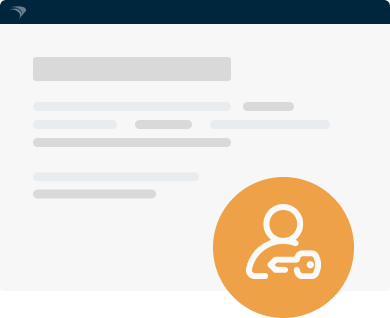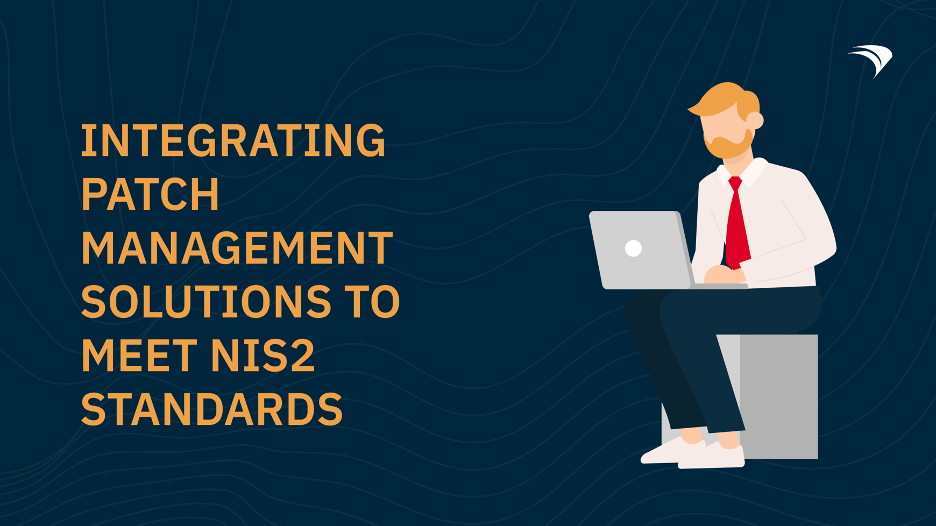Introduction: Embracing the NIS2 Framework
In an era where digital transformation shapes our everyday lives, the NIS2 Framework emerges as a beacon for organizations striving to bolster their cybersecurity measures. As someone deeply invested in endpoint management, I can attest to the critical role that frameworks like NIS2 play in safeguarding our digital landscapes. With businesses, including giants like FileWave, at the forefront of endpoint management across various platforms, understanding the nuances and obligations that come with this framework is crucial.
Core Objectives of NIS2: Why It Matters
So, what exactly is the NIS2 Directive striving to achieve? Its central focus lies on enhancing cybersecurity resilience across EU member states and organizations. Here are the key objectives that you should be aware of:
- Improved Risk Management: It’s all about identifying possible threats and effectively managing vulnerabilities. Regular risk assessments become your best friends in this approach!
- Incident Reporting: Imagine a streamlined process for reporting cybersecurity incidents. NIS2 aims to facilitate this essential communication with national authorities.
- Increased Cooperation: Fostering collaboration among member states is vital to fortifying our collective cybersecurity efforts. After all, we are stronger when we work together!
Unpacking the Essential Components of NIS2
Getting a grip on the fundamental elements of the NIS2 framework is paramount for any organization eager to comply with its regulations. Compliance is more than just a box-ticking exercise; it radically impacts endpoint management strategies.
1. Expanding the Scope of Application
The NIS2 framework casts a wide net, including essential and important entities across various sectors. What does this mean for companies like FileWave? The expansion emphasizes a necessity for proactive adaptation. Organizations that previously bypassed cybersecurity regulations may now find themselves with new compliance demands. It’s time to embrace the growth!
2. Risk Management Measures: The Heart of Compliance
Here’s where the rubber meets the road—the core of NIS2 compliance is steeped in robust risk management measures. This critical process involves:
- Regularly conducting risk assessments to uncover vulnerabilities lurking across your endpoints.
- Implementing essential security measures including robust access controls and data encryption.
- Engaging in dynamic monitoring and threat responses with self-healing technologies that adapt in real-time.
For example, FileWave’s innovative automated processes significantly ease the IT burden while significantly enhancing endpoint security. Talk about a win-win!
3. A Well-Defined Incident Response and Reporting Strategy
When things go awry, having a well-articulated incident response plan is non-negotiable. Under NIS2, organizations are mandated to report incidents to the relevant authorities within established timeframes. Here’s how you can ensure you’re prepared:
- Incident Detection Technologies: Employ robust tools to actively monitor your systems.
- Timely Reporting: React swiftly and efficiently to notify authorities about significant incidents to maintain transparency.
4. Governance and Accountability: A Clear Chain of Command
NIS2 shines a spotlight on the necessity of having clearly defined roles and responsibilities within organizations. Establishing dedicated teams or personnel who oversee compliance and cybersecurity standards is essential. Empowering everyone with a defined role contributes to a unified approach in maintaining a secure environment.
5. Strengthening Supply Chain Security
Remember, security doesn’t stop at your organization’s doorstep; it extends to your suppliers and service providers too. Under the NIS2 framework, it’s crucial to assess third-party risks as part of your compliance strategy. For organizations like FileWave, this sets the stage for effective endpoint and application management across varied platforms—making the transition toward compliant supply chain management that much smoother.
6. Continuous Monitoring and Improvement
With NIS2, compliance isn’t a one-time check—it’s an ongoing commitment. Organizations must continuously evaluate and refine security practices and policies. To achieve this, consider:
- Regularly reviewing and updating your security measures to keep pace with evolving threats.
- Conducting audits to assess compliance with the ever-evolving nis2 checklist.
Conclusion: A Forward-Looking Approach to NIS2 Compliance
Understanding the essential components of the NIS2 framework is not just about ticking off compliance boxes; it’s about fortifying your organization against current and future cybersecurity challenges. Companies like FileWave are strategically positioned to assist you in navigating this landscape, offering tailored endpoint management solutions that ensure not just compliance, but also enhanced resilience across your organization.
If you’re aiming to comply with NIS2, remember, leveraging effective tools and strategies is key. Don’t hesitate to reach out to FileWave today to discover how our solutions can help you manage your endpoints with seamless functionality and airtight security. Let’s prepare for the future together!





